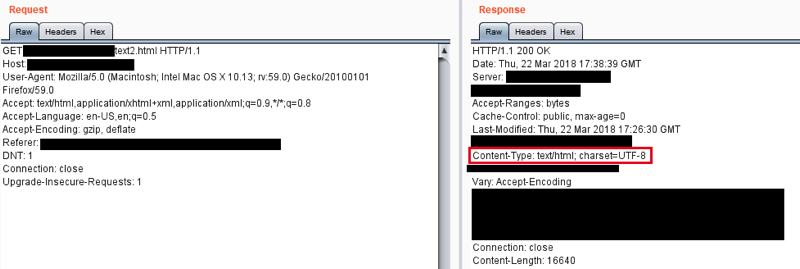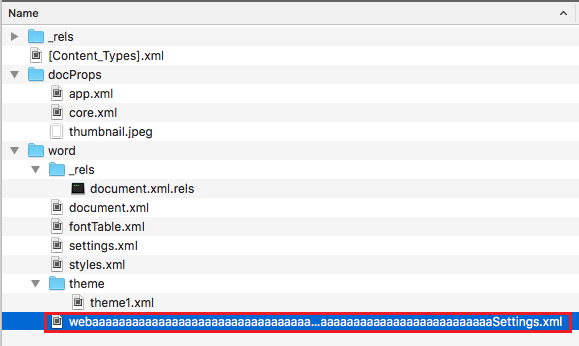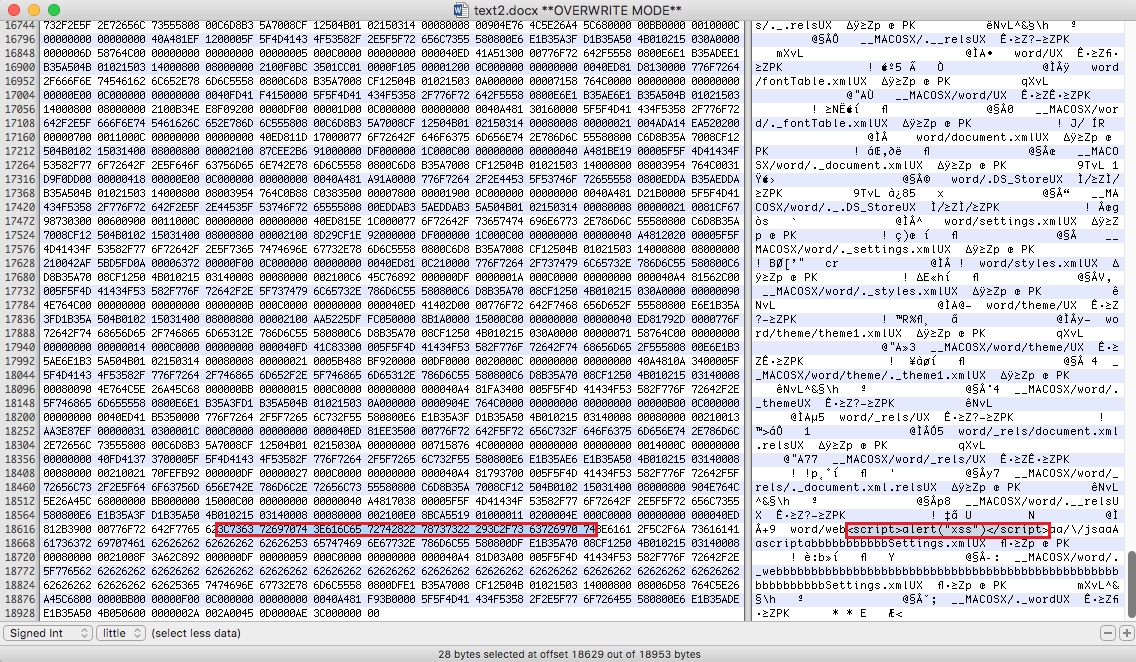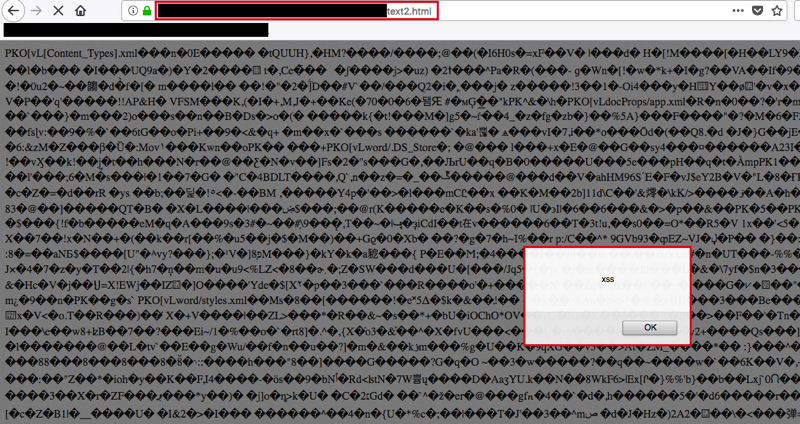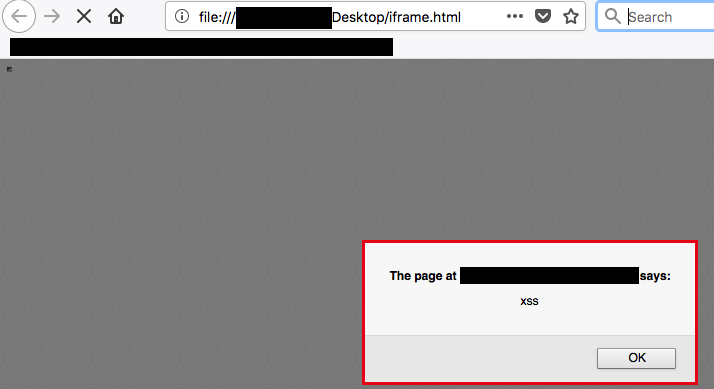Anytime I find a file upload form I test it. Best case scenario is that I can upload a reverse shell in a scripting language available on the webserver. If the application is running in PHP or ASP for example, it becomes quite easy. If I can’t get a backdoor uploaded, I will attempt to try to upload and HTML page to get my own client-side javascript uploaded for XSS attacks.
While testing an application, I found that an authenticated user has the ability to upload a file for a claim. The upload button is designed to allow for the upload of .docx files.
After a user uploads a file, it can be downloaded. A comparison between the uploaded .docx file and the downloaded.docx file showed that they were different, which would imply that some processing is done on the file before being hosted for download.
While the file being uploaded must be a valid .docx, it is possible to modify the file extension. I changed the file extension to .html.
When the file with a .html extension is retrieved from the server, the Content-Type header is set to text/html. This causes the browser to attempt to render the file as HTML.
I then attempted to smuggle and XSS payload within a valid .docx file. Because the file type is compressed, I needed to identify an area within the file body that would not be modified during compression or by post-processing from the application. It was found that certain file paths within the file structure were not modified during the upload process. I modified the filename of Settings.xml within a .docx file to pad it with characters.
After compressing the folder structure into a .docx, I utilized a hex editor to overwrite some bytes within the filename to insert JavaScript code.
The server accepted the upload of the modified .docx file. The file extension was modified to .html during the HTTP POST.
When requesting the file, it was served as an HTML file with the XSS payload intact.
When rendered in the browser, the JavaScript executed. Anyone who clicked a link to that file would have JavaScript execute in their browser under the context of the domain that the application was hosted on.
To obfuscate this attack, an attacker could include the URI of the upload within a small or invisible iframe to keep the victim from noticing the payload being executed. For this example, a visible payload is displayed.



